A UK woodland bird guide
The sound of bird calls is an essential part of any woodland walk and here’s our UK woodland bird guide during your ramble into nature.
Birdsong is calming and beautiful, a great alternative to the sounds of the city.
There is something very satisfying about being able to identify birds from their song, or from flickers of colour seen through the foliage up above. It is also a great game to play with kids as you walk through the forest.
Birds are more often distinguished by their calls, so always listen carefully!
But as someone walking through their natural habitat, we also have a responsibility to respect and conserve birds, so remember to follow the Countryside Code.

Looking after birds
As you’re walking through the UK countryside, make sure you always keep an eye out for conservation signs.
They often tell you not to step in certain fields or grasslands because birds nest there or to keep your dog on the lead to protect the birds, so it is vital that you don’t miss them.
Make sure never to disturb a bird’s nest or take any eggs, and if you find an injured bird then contact the RSPCA (for England and Wales), SSPCA (for Scotland) or USPCA (for Northern Ireland).
Other flying creatures are also at risk, such as bats which have suffered a considerable population decline over the last century. If you would like to know more about the conservation of bats, check out Conservation for UK Bats in Our Forests(E).
Tips for spotting birds
I would recommend listening to pre-recorded bird calls so that they are easier to recognise in the wild.
Although you may think that you know nothing about bird identification, you will definitely recognise blackbird (shown below), chiffchaff and robin calls without even realising it.
Be sure to keep as quiet as possible and don’t make any sudden movements so as not to scare off the birds.
You could even wear darker colours, which won’t contrast the environment as much and will make your movements less noticeable. And obviously, keep your eyes and ears peeled!
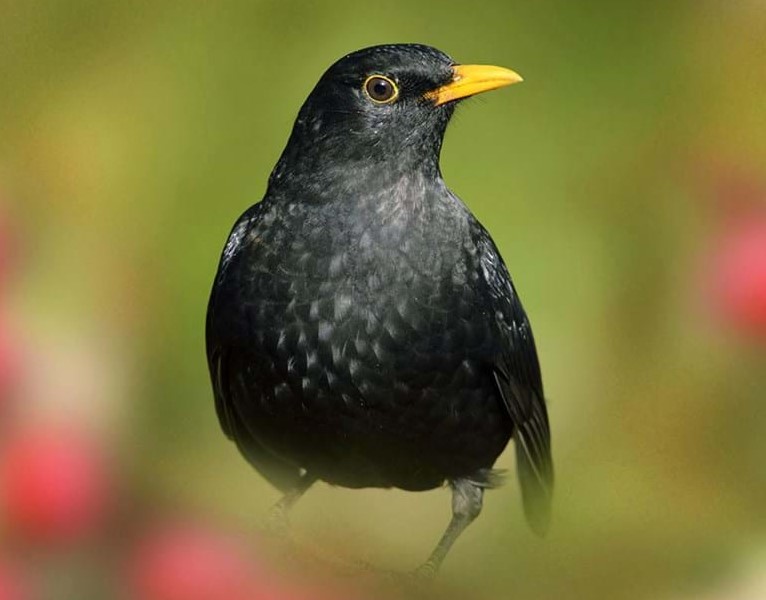
Common woodland birds
Although the wren (shown below) is a small bird (usually just 6-10 cm in length) they have a powerful song and you’re most likely to recognise their birdcall first.
It sounds like a hard chiti, a dry rattle in a startlingly loud outburst.
The wren is one of the commonest British birds and has a reddish brown upper part with pale brown underparts.
Willow warblers have a yellow or olive-green breast with paler underparts. T
hey have a beautiful warble which descends a scale, one of the defining features that distinguishes them from the chiffchaff (which make a chiff-chaff sound).

Swallows are dark blue with a cream underside, in flight their tails have two distinctive streamers.
They are easily confused with swifts, house martins and sand martins. Swallows make a tswit-tswit sound, an alarm tswee and they have a prolonged song of calls and a rolling trill.
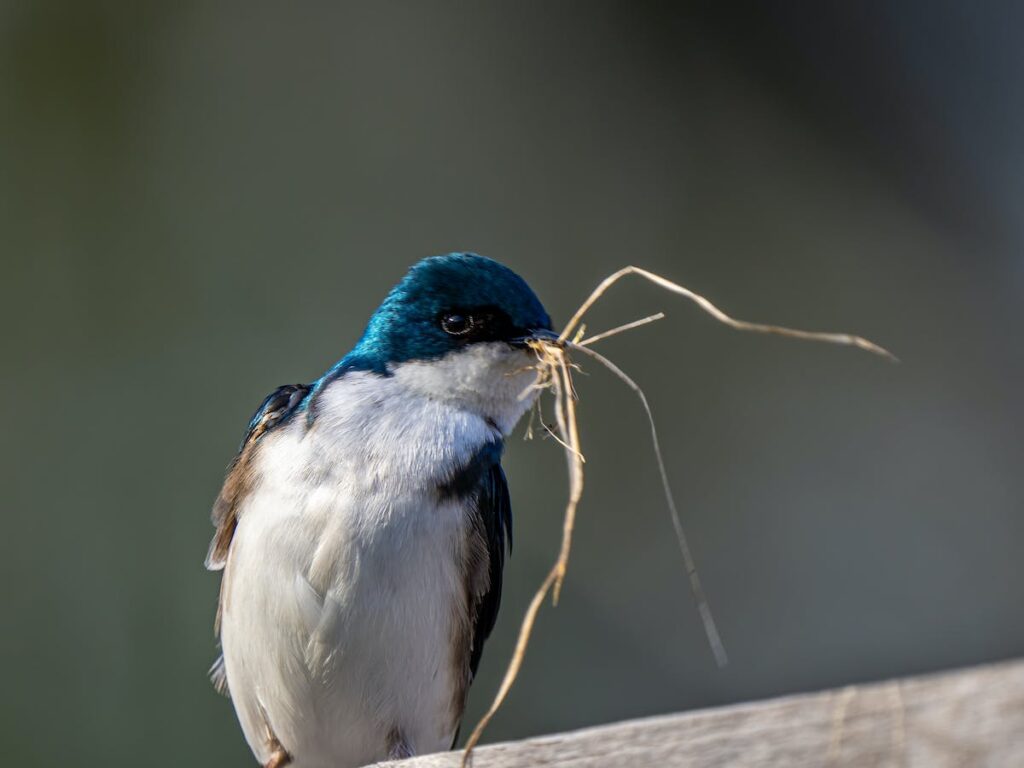
The green woodpecker can be identified by their long, laughing yaffle, the bird itself is often shy and elusive.
But when seen is very easy to identify due to their striking red crown and green plumage, they also have a yellow rump.
The blue tit is also one of the most easily recognisable UK birds, with its colourful mix or blue, green, white and green. They can be distinguished from the great tit because great tits are larger birds and have a black grown and bib with white cheeks.
Although less common than the species described above, the redstart can often be found in oak woodlands, as the holes and cavities in the trees are ideal nesting sites.
They bear some resemblance to robins, but instead have chestnut red plumage and contrasting dark central tail feathers. They have a brief warbling song and plaintive call hweet.
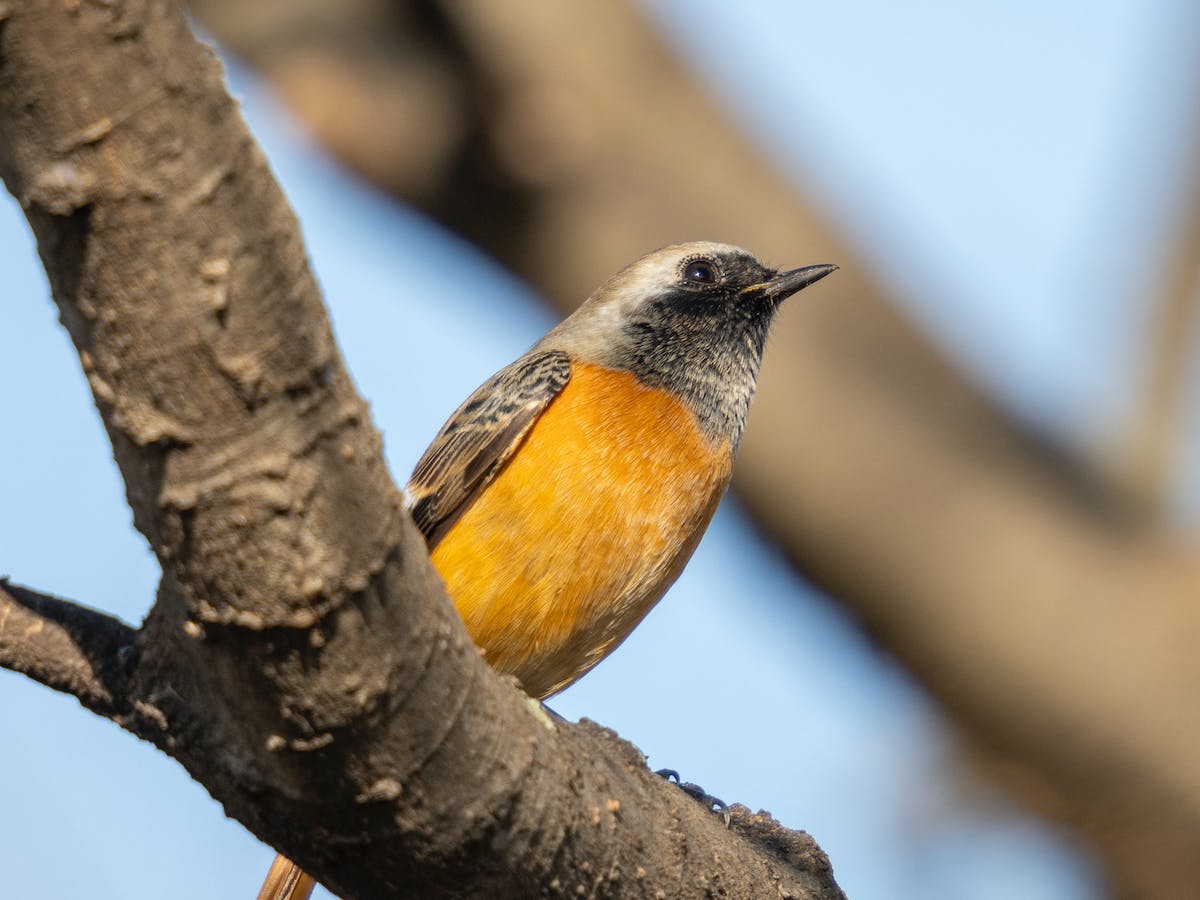
Identifying birds at night
Most birds only sing during the day, but there are a few notable exceptions.
The nightingale has a rich and varied song that is delivered day and night, with melodic, flute-like sections.
Nightjars (shown below) are nocturnal birds (as the name suggests!) and are best to look or listen out for at dusk on summer evenings. The male has a churring song that rises and falls.
The famous robin is not only easily distinguishable during the day due to its iconic red breast, but is another bird that you can hear singing at night, its call is a tic-tic-tic noise.
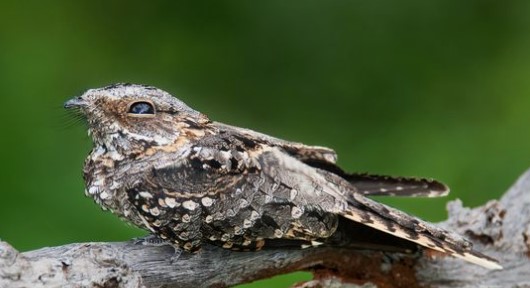
The song thrush can also be heard at night-time. It is a small brown bird, and its birdsong can be distinguished from singing blackbird’s due to the song thrush’s habit of repeating song phrases.
The dunnock (shown below) has a piercing peep, and its song is a high, pleasant warble, like a weaker, more rambling version of the wren’s call.
For loads more tips on camping at night, check out The Magic of Camping After Dark (CE), which also contains tips on how to spot bats.
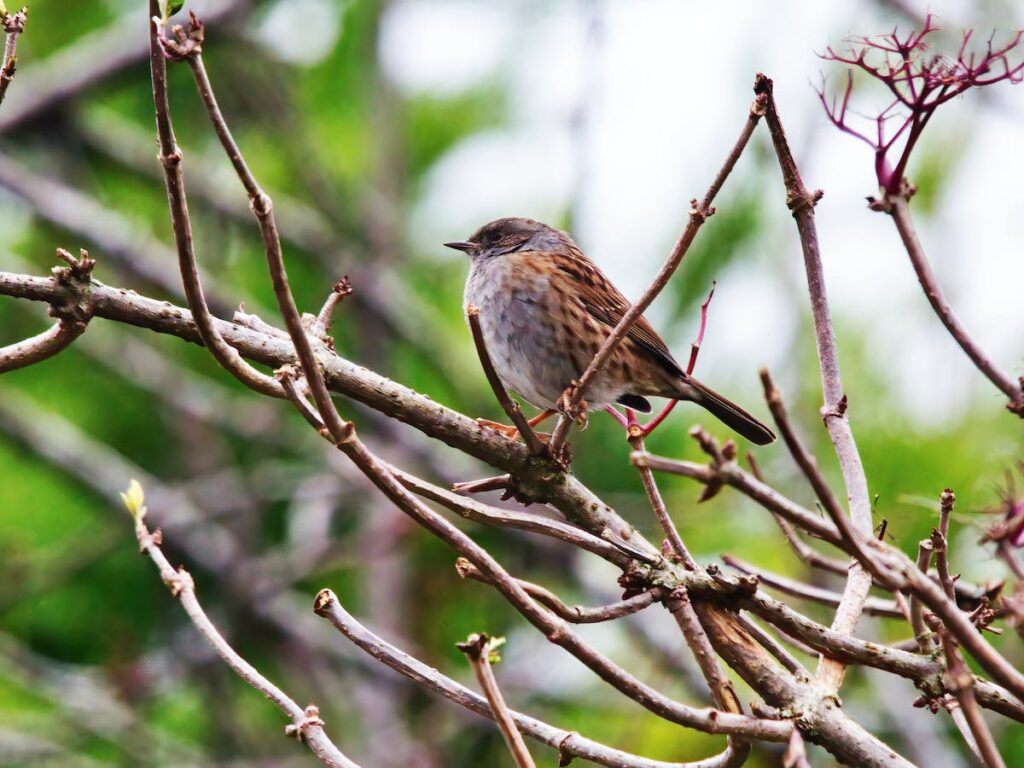
Rare UK birds
Sadly, a lot of bird species are in decline, with many being placed on the Birds of Conservation Concern 4 Red List. This is the highest conservation priority, and the drop in numbers is often due to habitat loss and persecution.
We have lost three out of four pairs of the lesser spotted woodpecker since the 1970s, and they are now one of the uk’s rarest birds. It is smaller than other woodpeckers, only around 13-14 cm and spends most of its time high in the tree, feeding amongst the smallest branches, but it will also feed close to the ground in hedgerows.
Although they look very similar to the great spotted woodpecker, they are smaller, have a barred black and white back pattern and don’t have the red under tail coverts.
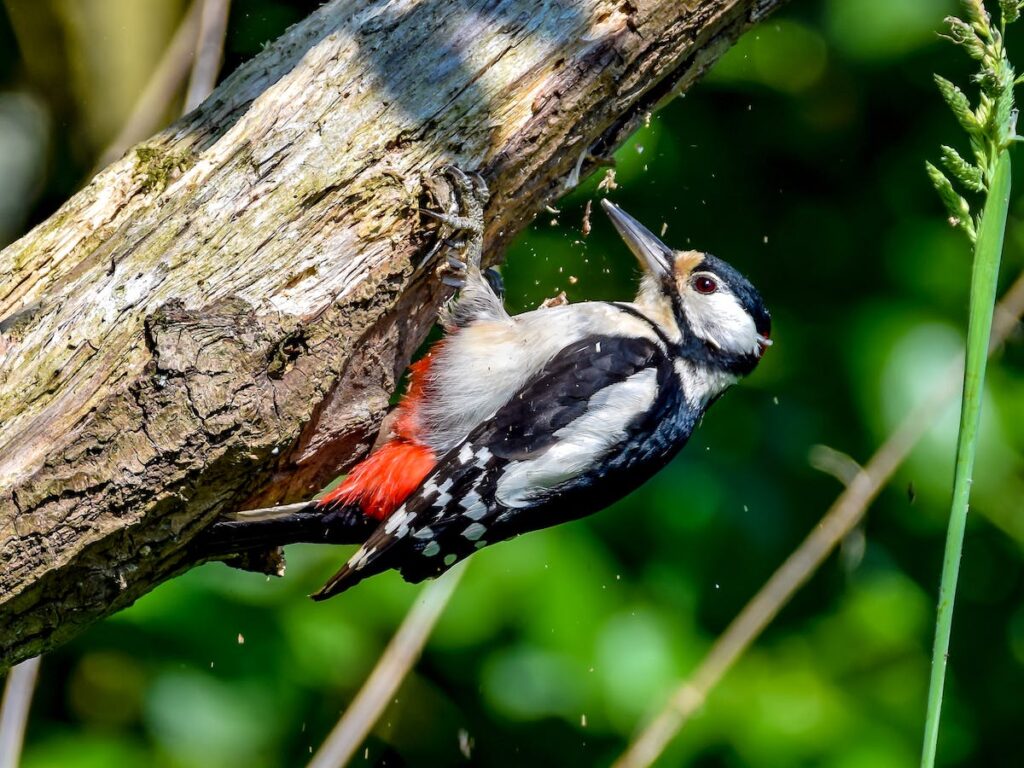
The capercaillie is an iconic Scottish bird, they have very specific habitat needs, which is part of the reason why it has such low numbers. They live in pine woodland containing trees with differing ages, boggy areas and open areas for them to perform their courtship display. The capercaillie is a big bird, the size of a turkey, and the male has black and brown plumage which can glisten green, a white shoulder patch and a pale bill.
The numbers of the wood warbler are in a steady decline, listen out for their two distinct songs, a high-pitched metallic trill that becomes more frequent and a series of descending piping notes. This bird has bright green upper parts, a pale breast and the wings have dark brown feathers edged with a yellowy green.
Hopefully this blog will help you to identify birds and respect and conserve their habitats while walking through the UK forests. Although it may be difficult at first, the key is practice so just remember to look and listen out for birds whenever you’re walking through the forest. You could also forage for nature food at the same time.
Here’s me signing out and thank you so much for reading.
Lily Crooke / Environmental and Recreational author
